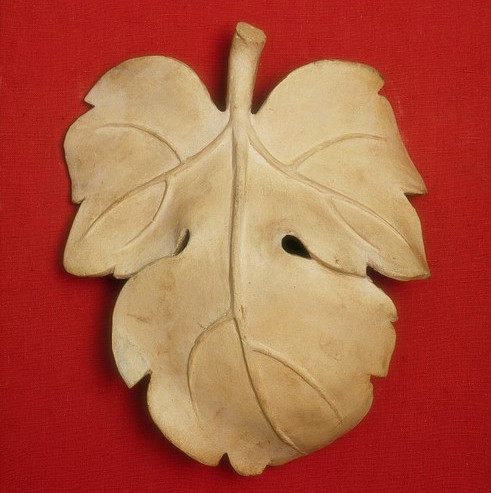Unlike Iran’s President, Queen Victoria Really Requested that Naked Statues Be Covered

The Palazzo Nuovo at the Capitoline Museum in Rome. (Photo: Ben Snooks/Flickr)
On January 25, Iranian president Hassan Rouhani arrived in Rome for diplomatic talks with Italian Prime Minister Matteo Renzi. During his visit, Rouhani dropped in to the Capitoline Museum, where ancient nude statues and sculptures were covered so as not to offend the Iranian head of state.
It is not clear who decided to censor the statues, nor who went ahead with the censoring—Prime Minister Renzi has since said he was unaware of the decision, and Italy’s Culture Minister, Dario Franceschi, called the move “incomprehensible.” Rouhani has said that he did not request any statues be covered up, but, according to the AP, “nevertheless appreciated the welcome he received.”
The incident is now the subject of an internal investigation being conducted by Renzi’s office. (A photo of Rouhani and Pope Francis standing in front of a painting of three naked women has been circulating on social media, but the image has been doctored to include the nudes.)
This is not the first time a masterwork of Italian sculpture has been censored to suit the sensibilities of a foreign head of state. In early 1857, Leopold II, Grand Duke of Tuscany, presented Queen Victoria with a truly splendid gift: a plaster cast of Michelangelo’s David. The grand gesture was an attempt at smoothing things over between the two countries after the duke had denied a National Gallery of London request for a particular Ghirlandaio painting from Florence.

Michelangelo’s David: too sexy for Queen Victoria. (Photo: Justin Ennis/Flickr)
Though she received this unexpected gift with the customary grace of an Empire-ruling royal, the Queen saw two problems with the David replica. Number one: at almost 20 feet tall, the statue was too big to keep in her palace. Number two: You know. The penis.
The solution to both of these problems was to hand over the plaster cast to the South Kensington Museum (now the Victoria & Albert Museum), and commission a two-foot-tall fig leaf to drape over the offending part. As the V&A tells it, the fig leaf was not permanently attached to David, but rather kept on standby at the museum “in readiness for any royal visits, when it was hung on the figure using two strategically placed hooks.”

The two-foot-tall fig leaf created for David. (Photo: VAwebteam/Wikipedia)
This fig leaf, says the V&A, was likely made by an Anglo-Italian company, D. Brucciani & Co., which made plaster casts of masterworks for museums and personal collections.
Following extensive restoration in 2014, the David replica, in all his naked glory, is now the star attraction of the V&A’s Cast Court. The fig leaf that once covered him is kept in a case on the back of the statue’s plinth.






































Follow us on Twitter to get the latest on the world's hidden wonders.
Like us on Facebook to get the latest on the world's hidden wonders.
Follow us on Twitter Like us on Facebook